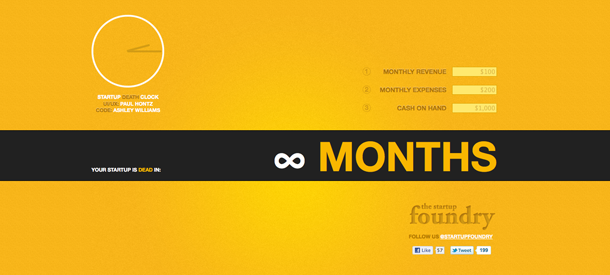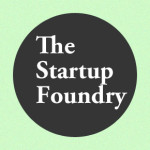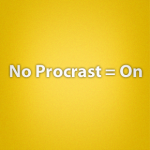The Humanization of Business.
Gary Vaynerchuk started with nothing and turned himself into a celebrity. Gary has a loyal following and has already written two New York Times best sellers. He has done this by engaging with his customers around the clock and hustle.
I caught up with Gary while he was on tour promoting his latest book The Thank You Economy. I asked Gary to talk to TSF readers about how they could connect with their customers in meaningful ways. In this interview Gary gives some fantastic tips for founders on how to build meaningful relationships with clients and engage their user base. You don’t want to miss this interview.
How can a startup strapped for cash connect with customers?
• Use search.twitter.com. Actively seek out your customers.
• If your site doesn’t have traction yet, search for things that your audience would be talking about and join the conversation. Just don’t spam it.
You have just under a million followers on Twitter. How do you stay engaged when your startup starts gaining that much traction?
• Intent. Gary wants to be connected with his audience so he makes it a priority.
• What is the end goal for the user? Make your product be all about solving your user problems. Don’t lose tract of this.
• Spam doesn’t work. Consumers have strong BS radars and it undermines their trust. Don’t play games with them.
• Do you care about people giving you the shootouts? Let them know you care.
• Hard work matters. That can separate you from your competitors. It’s all about hustle.
How do you have transparency with your users?
• Act human. Treat every engagement as if it’s happening face to face. You are a person, not a machine.
• We are living through the humanization of business.
What’s one piece of advice you can give to startups?
• You’re living through a bubble. Build for the long haul and make money.















